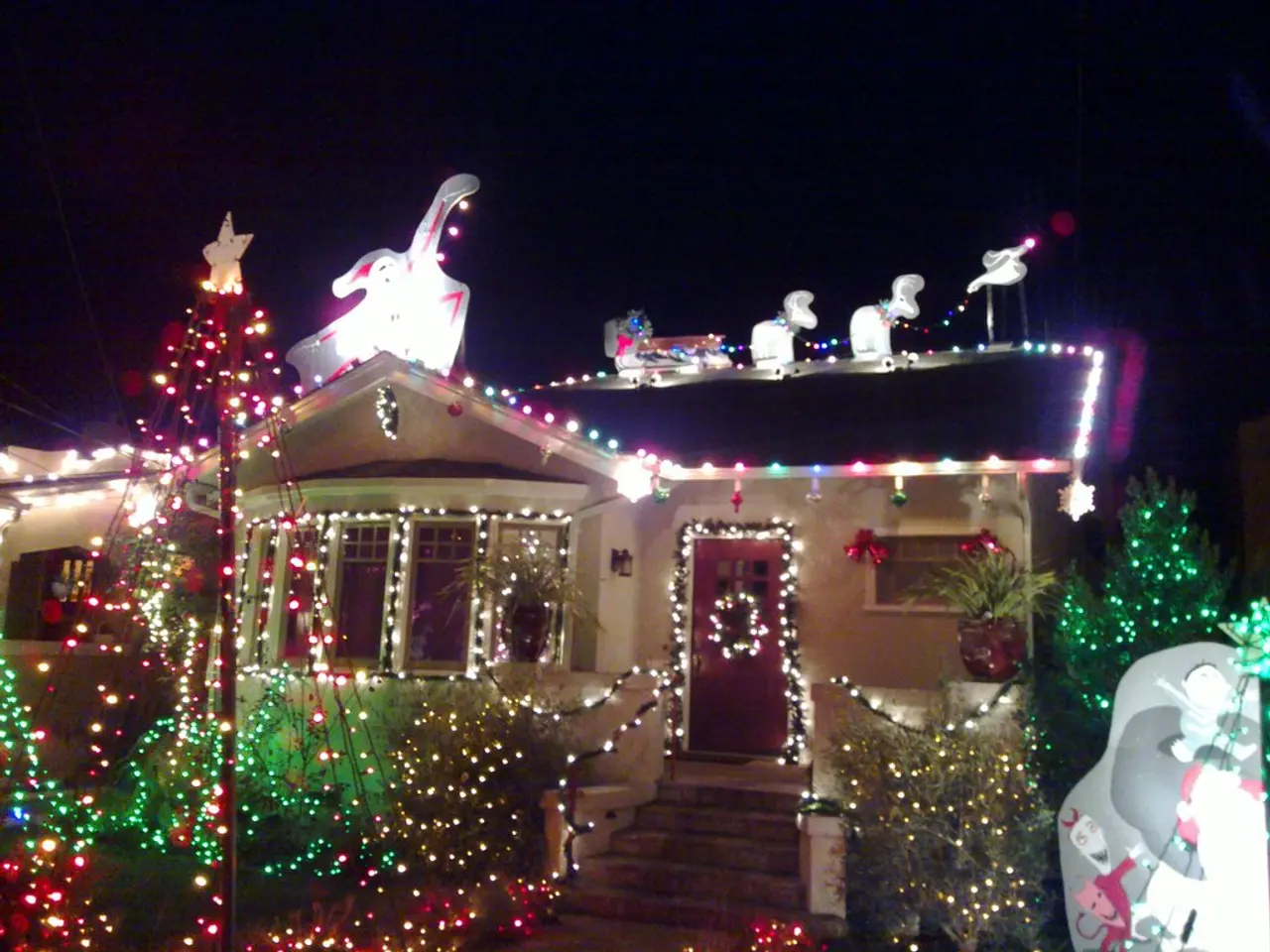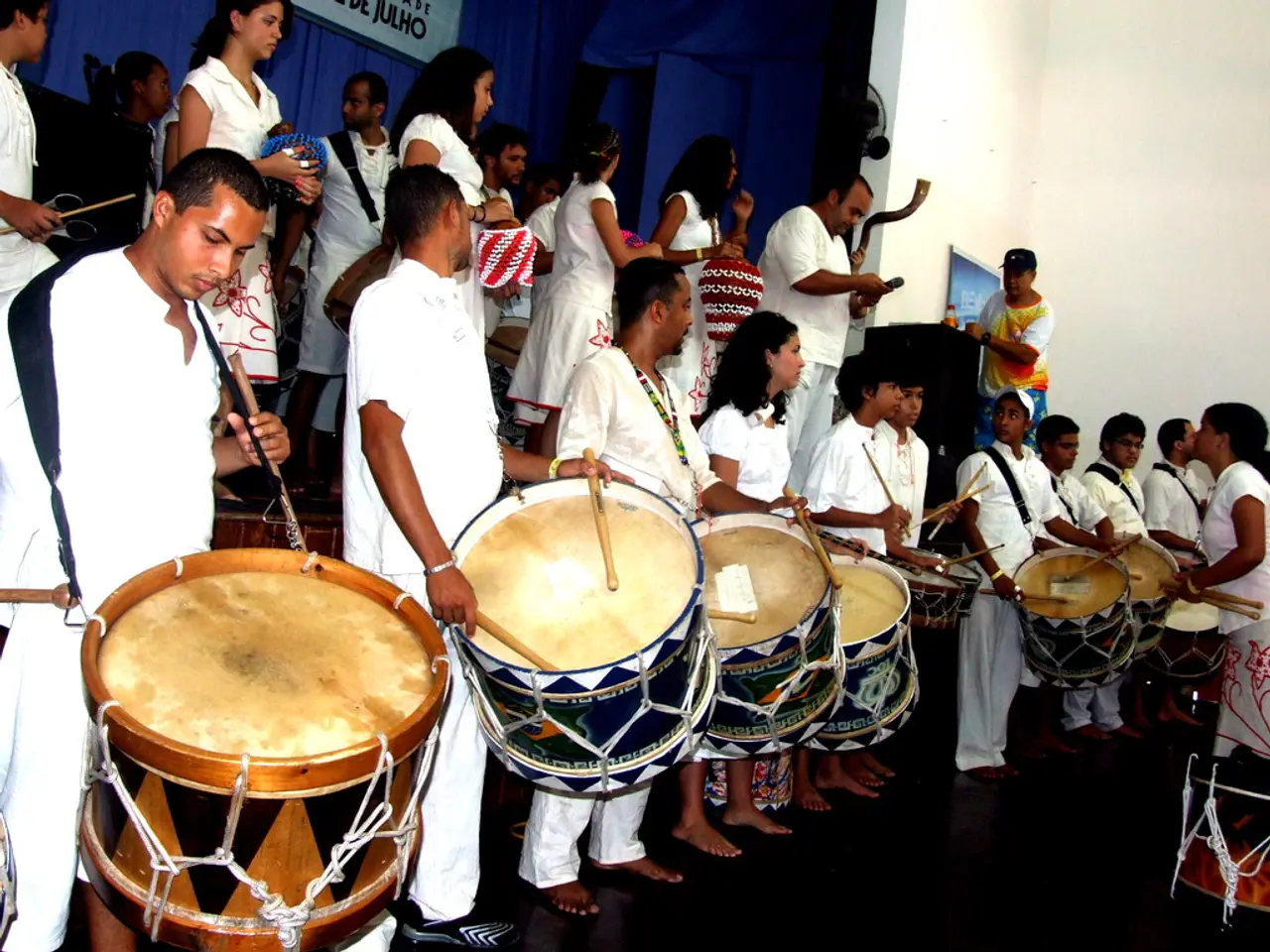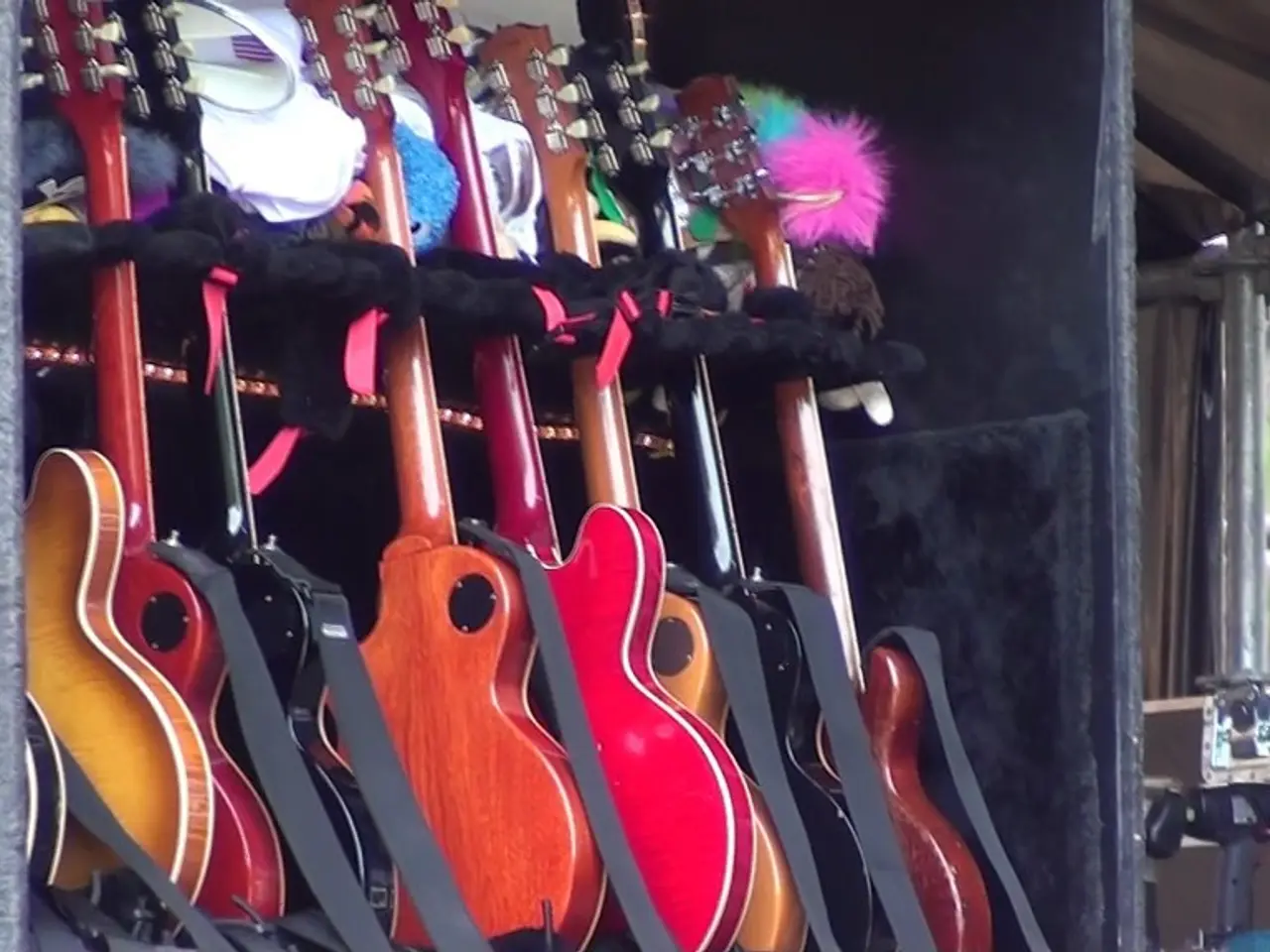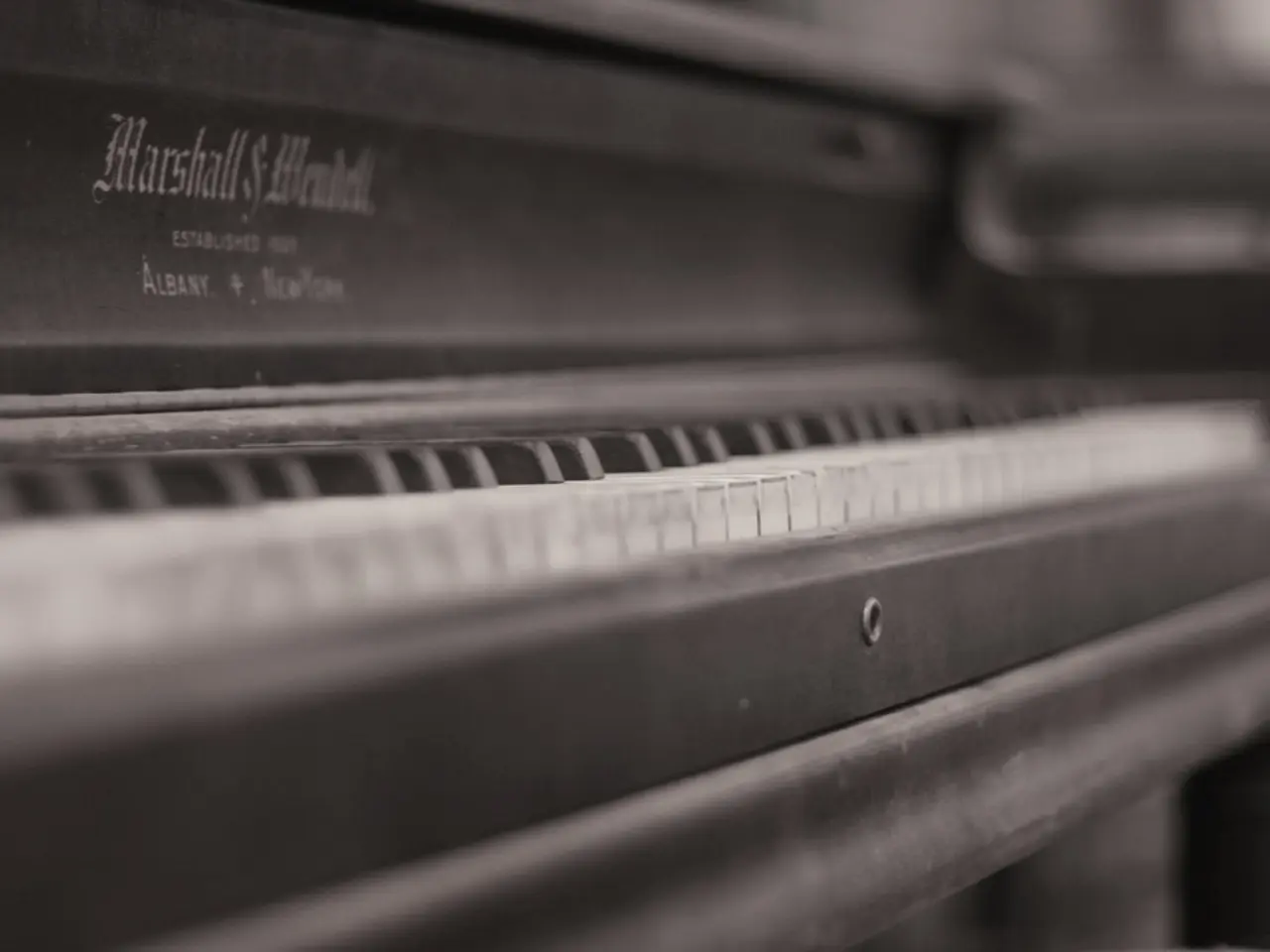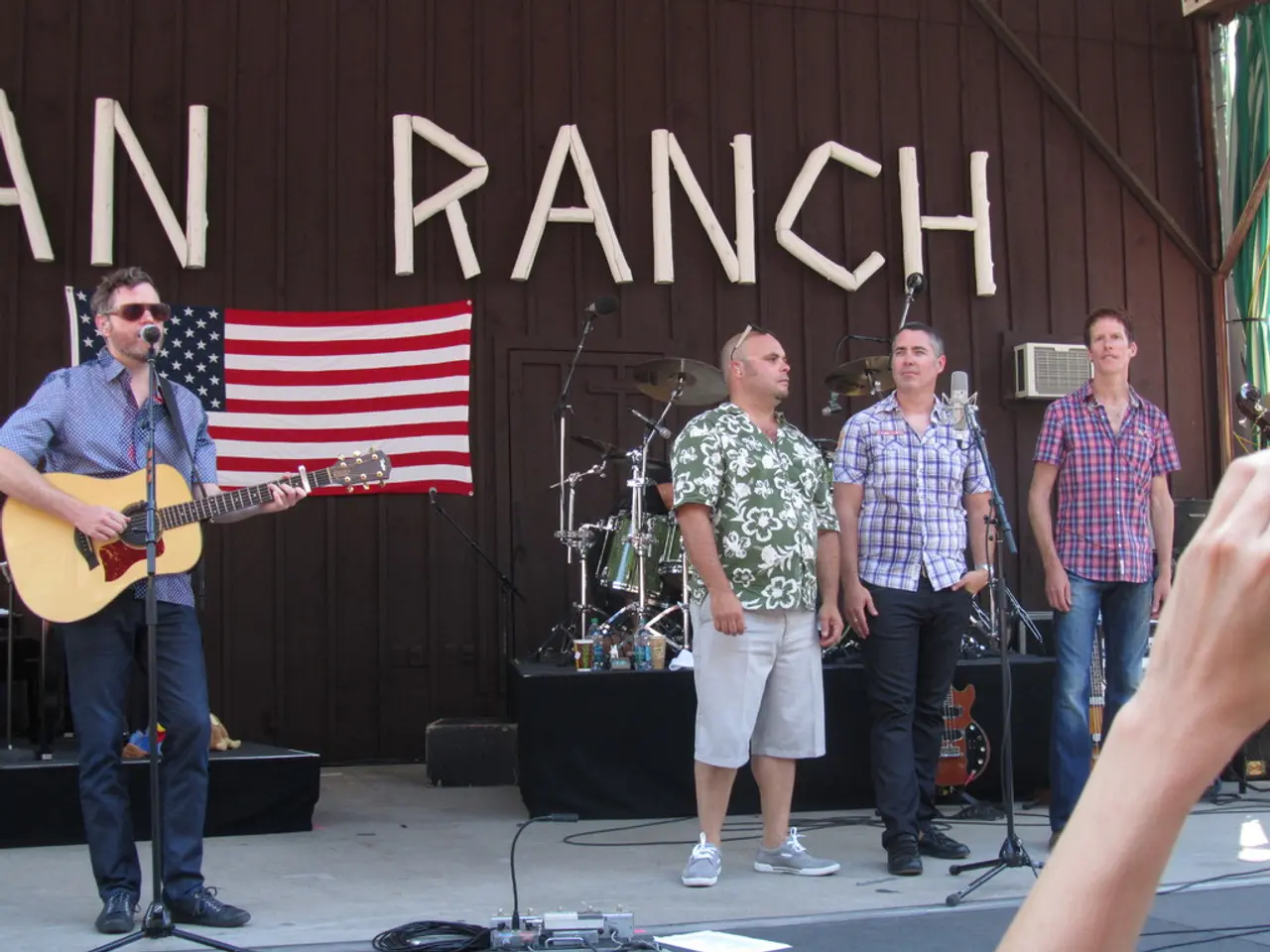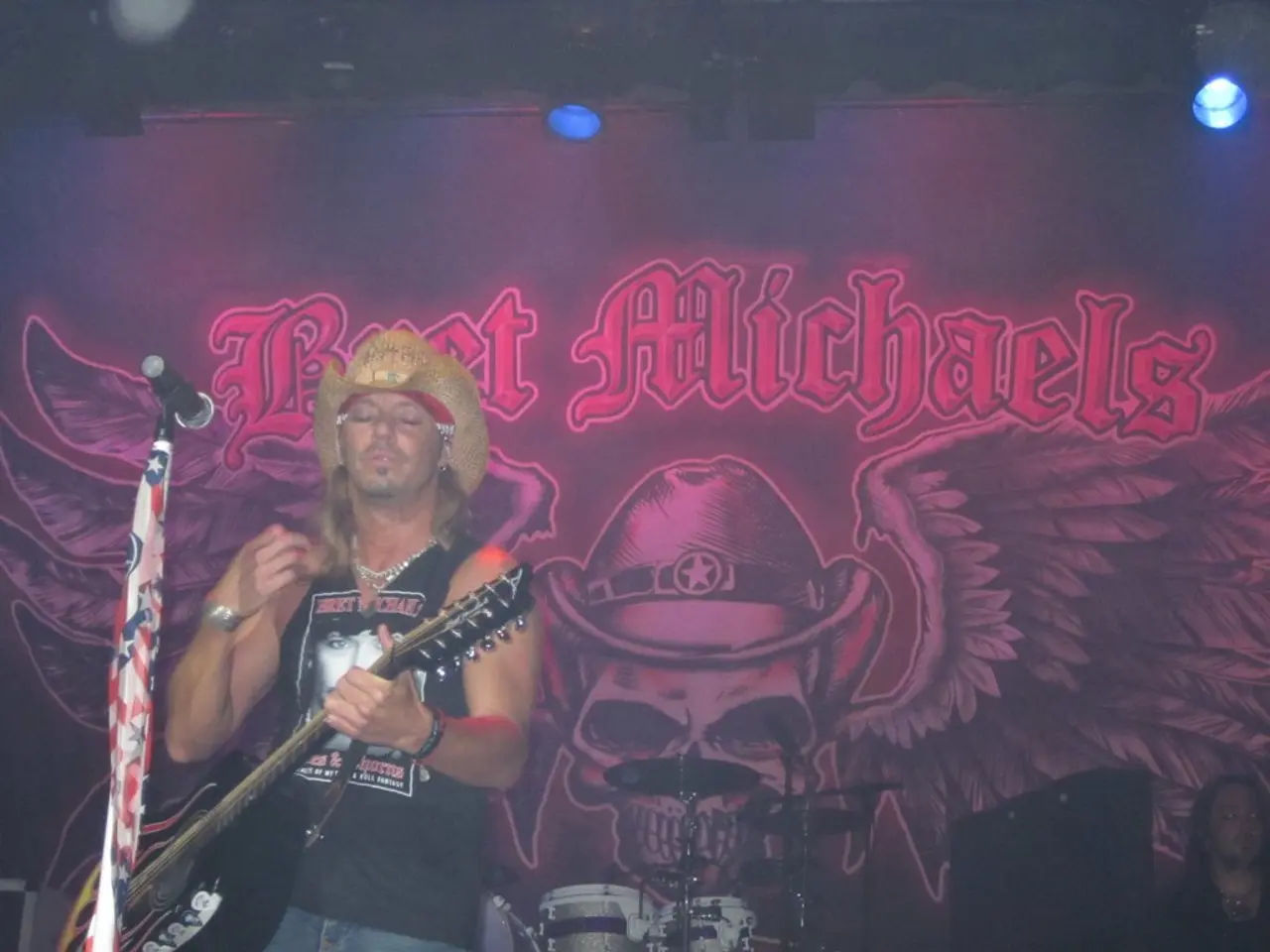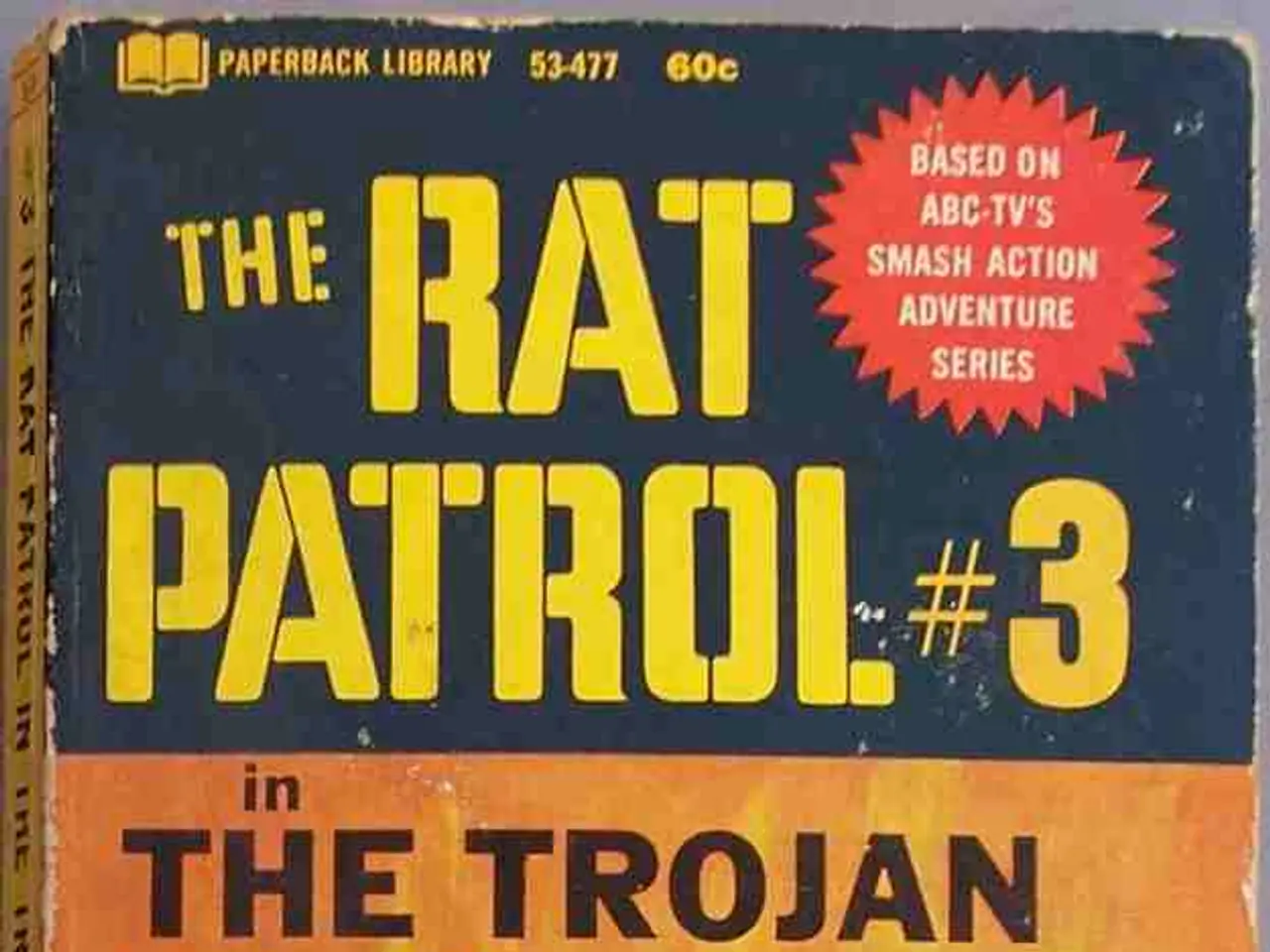Daytime-Centric Thrillers: A Roundup of Ten Shocking Films
In the realm of horror cinema, darkness has long been a trusted ally, providing a cloak for fear and a canvas for the macabre. However, a new breed of films is challenging this convention, using the harsh glare of daylight to subvert expectations and amplify unease. These daylight horror masterpieces create an immediate and unsettling terror that isn't confined to shadows but is overt and inescapable under the sun or in well-lit environments.
One such film is Ari Aster's Midsommar (2019), a folk horror masterpiece set during a Swedish midsummer festival where the sun barely sets. The never-ending daylight becomes suffocating, as nowhere is safe from the horrors unfolding. The contrast between the cheerful white clothing and flower crowns of the festival-goers and the gruesome events that transpire is particularly unsettling, making Midsommar a chilling reminder that danger can lurk even in the most idyllic of settings.
Steven Spielberg's Jaws (1975) also exploits the daylight to create terror. The film forever ruined beach vacations by turning sunny days at the shore into opportunities for terror, with the most iconic attacks happening in plain sight. The shark's sudden, brutal appearances in broad daylight blur the line between safety and danger, making every moment at the beach potentially perilous.
The Texas Chain Saw Massacre (1974) delivers some of its most brutal moments under the harsh Texas sun, with the oppressive heat making scenes more uncomfortable. The unforgiving sunlight exposes the horrors of Leatherface and his cannibalistic family in excruciating detail, making the film a harrowing exploration of violence and depravity under the scorching sun.
In a similar vein, Michael Haneke's Funny Games (1997 and 2007) presents a home invasion during daylight hours, with much of the violence occurring in bright, pristine spaces. The daylight setting serves to drive home Haneke's meta-commentary on violence in media, as atrocities happen out in the open, implicating viewers in consuming such content.
More recently, In a Violent Nature (2024) deliberately employs bright daylight photography in its forest setting to create a serene, calm environment that contrasts with the lurking, methodical killer. The confident use of daylight makes the violence and kills more disturbing because they occur openly and unexpectedly during the day, breaking the usual horror convention that terror lurks only at night.
While not exclusively set in daylight, Stanley Kubrick's The Shining (1980) enhances the sense of isolation and creeping madness with the eerie, snow-covered Overlook Hotel bathed in stark natural light during winter days. The bright, cold daylight contrasts with the sinister events happening inside, creating a feeling of inescapable dread even in the light.
These films demonstrate that daylight horror is a powerful tool in the arsenal of modern horror cinema. By subverting traditional horror conventions, they create an immediate and unsettling terror that keeps audiences on the edge of their seats, even during the brightest of days.
- In the top 10 of bizarre daylight horror films, Ari Aster's Midsommar (2019) stands out for its unsettling portrayal of an idyllic Swedish midsummer festival, where the sun barely sets, and the horrors unfolding become suffocating.
- Steven Spielberg's Jaws (1975) is another notable entry in the history of daylight horror, as it turned sunny days at the beach into opportunities for terror, forever shattering coastal tranquility with its brutal shark attacks.
- The entertainment genre has been pushed to new boundaries with movies like The Texas Chain Saw Massacre (1974), where the unforgiving Texas sun exposes the horrors of Leatherface and his cannibalistic family in excruciating detail, making the film a harrowing exploration of violence and depravity under the scorching sun.
